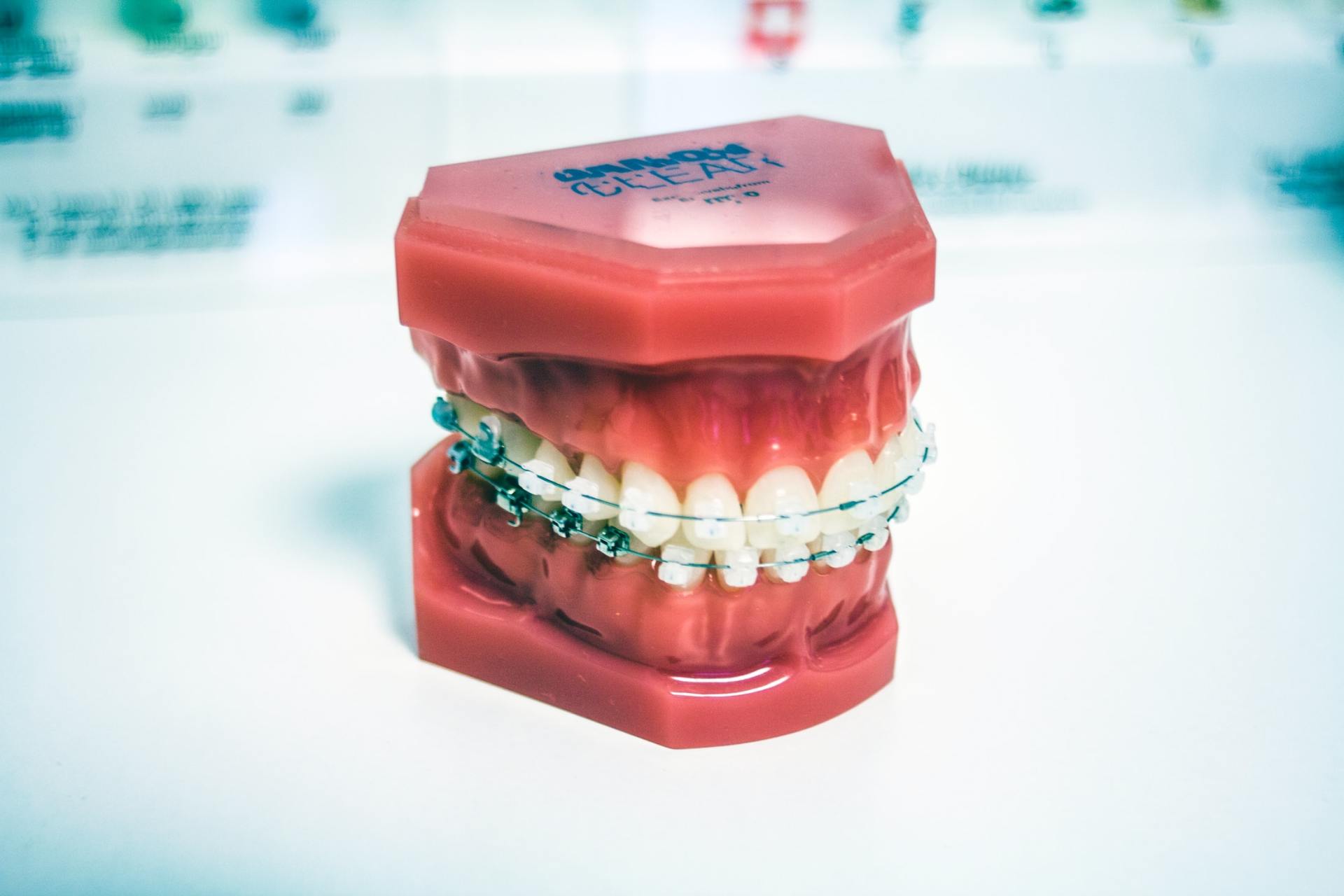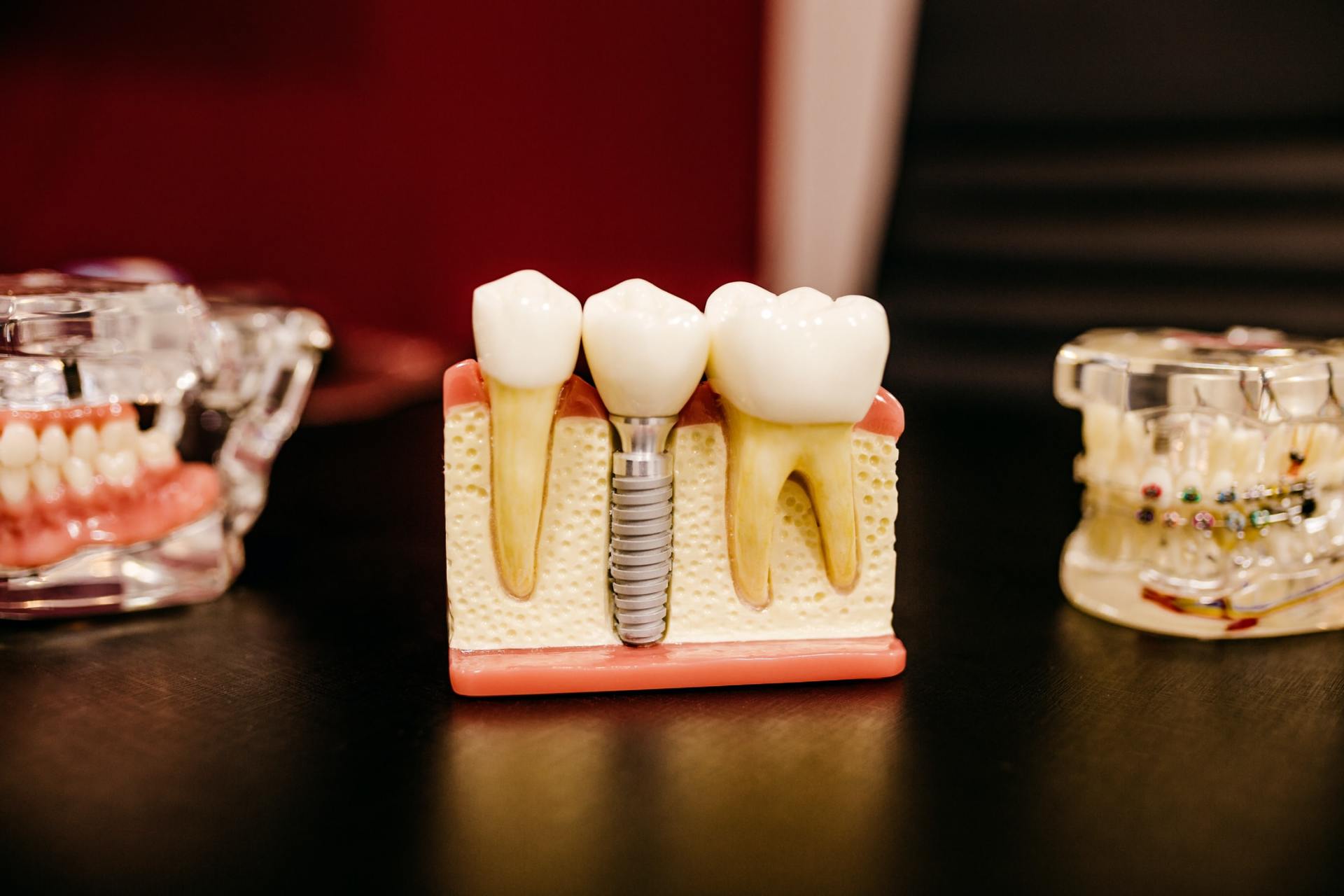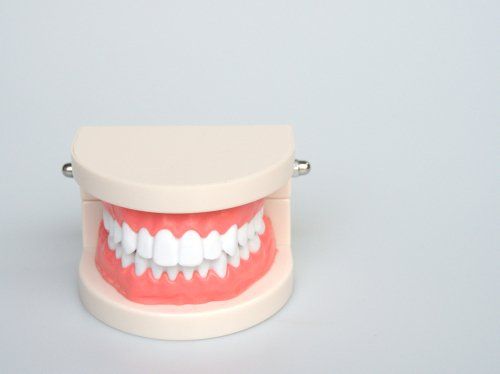Dental implants, an alternative for the replacement of missing teeth
In addition to compromising aesthetics, missing teeth can also cause the migration of neighboring teeth, compromising the image and chewing function. An alternative to this problem is the placement of dental implants.
What are dental implants?
A dental implant is a metal (titanium) screw-shaped device, whose function is to replace the root of a missing tooth. It is attached to the jawbone and then a dental prosthesis is placed on top of it (usually a ceramic crown).
This device, in conjunction with the prosthesis that is anchored on it, is used to replace teeth when there are one or more absences due to an oral pathology (e.g. very extensive caries whose only viable treatment was tooth extraction) or trauma.
Its purpose is to achieve oral rehabilitation by restoring lost teeth in order to recover functionality, health and aesthetics, since they adequately reproduce the appearance of natural teeth.
The implants act as a prosthetic abutment, in which fixed ceramic restorations (crowns or bridges) are positioned, or they are also a means of fixing the total prosthesis, becoming an implant supported total prosthesis.
In contrast with the removable total prosthesis, since it is placed in a fixed way it ensures a better adjustment and retention, avoiding the removal or displacement that can occur with the removable prosthesis, it also provides greater comfort and safety to the patient.
Benefits
• Excellent aesthetic properties in conjunction with the crown or total prosthesis.
• Restores dento-facial harmony.
• Restore masticatory function.
• Favors the phonation of words.
• Good fixing and retention capacity.
• Resistance and durability.
• Returns the contour of the tissues.
• Avoid further bone loss (bone resorption) in the area of missing teeth due to lack of stimulation.
• Prevents dental migrations of neighboring teeth into the edentulous space which generates alterations in the bite (dental mal-positions, crowding) and in the way the upper and lower teeth mesh.
How is its fixation?
The union of the implant to the bone is achieved through a process called osseointegration, in which there is direct contact between the implant and the bone, that is, without having soft tissue between them, unlike the natural union between the tooth and the bone tissue where the ligaments are interposed.
Once the tissues have healed and after a period of time that lasts approximately 4 months, it is guaranteed that this device is correctly anchored, providing an excellent fixation for which it is already suitable for positioning the rest of the prosthetic apparatus on it.
As mentioned above, the dental implant is positioned and inserted into the bone by means of a surgical intervention (under conscious sedation/anesthesia), so it is essential that there is a good quantity and quality of jawbone before the implant is placed.
If this is not the case, the specialist can resort to performing a bone graft prior to placing the equipment to increase the height and width of the bone so that there can be a good support.
Also, it is necessary that the soft tissues that will surround the implant are healthy, this in order to avoid complications in the healing process, and/or the proliferation of microorganisms that lead to an infection. Therefore, it is important to take a multidisciplinary approach and work hand in hand with a periodontist.
The procedure for placing a dental implant is simple and does not involve any major complications (it also depends on the situation of each patient and the expertise and skill of the specialist dentist), lasting approximately 30 minutes in the case of a single implant.
An important fact to take into account is that despite being an artificial element, it is equally important to have an adequate oral hygiene in order to avoid the accumulation of food remains and bacteria in the tissue that is in contact with the implant, which could generate irritation and inflammation of the gum and this in turn could compromise the state of the implant.
The oral hygiene routine must be integrated by a correct tooth brushing technique plus the use of dental floss. In other words, exactly the same as with your natural teeth, which is why it does not require any major maintenance, apart from periodic visits to the dentist not only to evaluate the state of the implant but also of the entire oral cavity.
Following the above recommendation also extends and promotes the durability of the dental implant, which itself has a considerably longer lifespan.
A
dental implant is not only a device that allows to recover the aesthetics of the smile, it also restores the oral health and therefore promotes a better quality of life for the patient.
If you are missing teeth and are interested in prosthetic rehabilitation through implants, here at
Dr. Hyten's dental office we have the most qualified staff to offer you guidance and the best treatment according to your needs and clinical history.
We invite you to visit us, we are waiting for you! If this blog was helpful please feel free to share with others.
whitenwithhyten.com - Digital Marketing By Smart Digital
* DISCLAIMER - We use text messaging to contact our patients. By entering your phone number, you consent to texts. Rates and terms apply. Text STOP to opt out.










